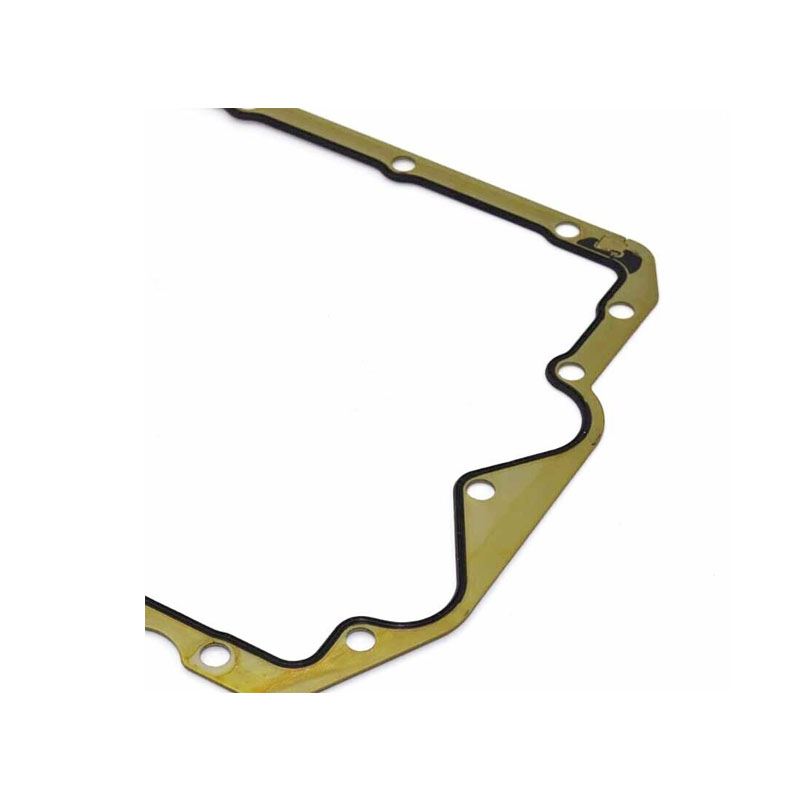High-Quality 35x52x7 Oil Seal for Optimal Performance and Durability
Understanding the 35x52x7 Oil Seal Functions, Applications, and Selection
Oil seals, also known as lip seals or rotary seals, are vital components in many mechanical systems. They are designed to prevent the leakage of liquids or gases while protecting the internal components from external contaminants. Among the various types available, the 35x52x7 oil seal is noteworthy due to its unique size and versatility. This article delves into the specifications, functions, applications, and tips for selecting the right oil seal for your needs.
Specifications
The designation of the 35x52x7 oil seal refers to its dimensions a 35 mm inner diameter, a 52 mm outer diameter, and a thickness of 7 mm. These dimensions are crucial for ensuring a proper fit in the designated housing. Typically constructed from high-quality materials such as nitrile rubber, silicone, or fluorocarbon, these seals are engineered to withstand a range of temperatures and chemical exposures. The choice of material significantly affects the seal's performance characteristics, including its resistance to wear, heat, and various fluids.
Functions
The primary function of an oil seal is to retain lubricants within a mechanical assembly while preventing contaminants such as dirt, dust, and moisture from infiltrating the system. In engines, for example, oil seals ensure that engine oil remains contained within the crankcase or transmission, thus promoting efficient operation and extending the lifespan of internal components. Furthermore, the design of an oil seal often incorporates a flexible lip that conforms to the mating surfaces, allowing for a reliable seal even under dynamic conditions.
Applications
Oil seals are utilized across a wide range of industries and applications. Here are some common uses for the 35x52x7 oil seal
1. Automotive Industry In vehicles, oil seals are extensively used in engines and transmissions. They prevent lubricants from leaking and protect sensitive parts such as bearings and gears from dirt and moisture.
2. Industrial Machinery Various types of machinery, including pumps, compressors, and gearboxes, rely on oil seals to maintain lubrication systems and enhance operational efficiency.
3. Aerospace and Aviation Oil seals play a crucial role in aircraft engines and other critical systems, where reliability and performance are paramount.
35x52x7 oil seal

4. Agricultural Equipment Tractors and other farm machinery often utilize oil seals to ensure the longevity and efficiency of their engines and transmission systems.
5. Marine Applications In boats and ships, oil seals are essential for maintaining the integrity of engine compartments and avoiding leaks in harsh maritime conditions.
Selecting the Right Oil Seal
Choosing the appropriate oil seal involves several considerations
1. Size and Compatibility Ensure that the selected oil seal matches the required dimensions (35 mm inner diameter, 52 mm outer diameter, 7 mm thickness) and is compatible with the mating surfaces.
2. Material Properties Depending on the application, select a material that can withstand specific temperatures and chemical exposure. Nitrile rubber is commonly used for petroleum-based oils, while fluorocarbon may be necessary for harsh chemicals.
3. Operating Conditions Consider the operating environment, including temperature fluctuations, pressure levels, and potential exposure to contaminants. This information will guide you in selecting an oil seal that provides the necessary protection and durability.
4. Installation Proper installation is critical for the effective functioning of an oil seal. Ensure that the surfaces are clean, smooth, and free of debris to prevent early seal failure.
5. Manufacturer Recommendations Always refer to manufacturer specifications and guidelines for the best results.
Conclusion
The 35x52x7 oil seal is a small yet vital component in the performance and reliability of various mechanical systems. By understanding its specifications, functions, applications, and selection criteria, users can make informed decisions that optimize their equipment's performance. Investing in the right oil seal not only enhances operational efficiency but also contributes to the longevity of machinery, ultimately leading to reduced maintenance costs and improved productivity.
-
Understanding the Front Main Engine Seal: Purpose, Maintenance, and Installation
News Jul.29,2025
-
Understanding O-Rings and Seal Rings: Types, Applications, and Custom Solutions
News Jul.29,2025
-
Understanding Crankshaft Oil Seals: Rear Seals, Pulley Seals, and Their Role in Engine Integrity
News Jul.29,2025
-
The Importance of Front and Rear Crankshaft Seals in Engine Performance and Oil Management
News Jul.29,2025
-
Crank Oil Seals: Functions, Types, and Cost Considerations in Engine Maintenance
News Jul.29,2025
-
A Comprehensive Guide to O-Rings and Seals: Types, Materials, and Global Applications
News Jul.29,2025
-
Mastering Diesel and Performance Engine Maintenance: A Guide to Critical Oil Gaskets
News Jul.28,2025
Products categories















